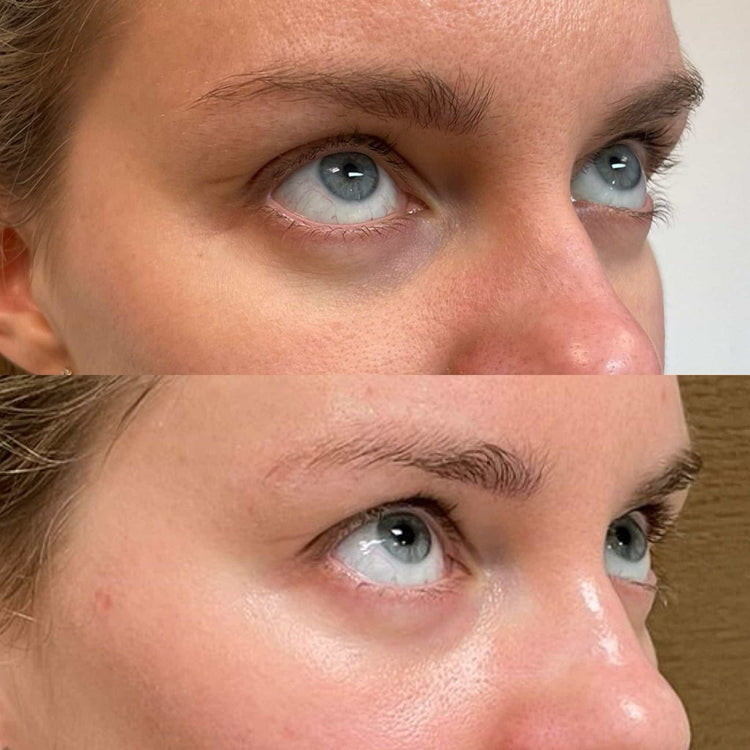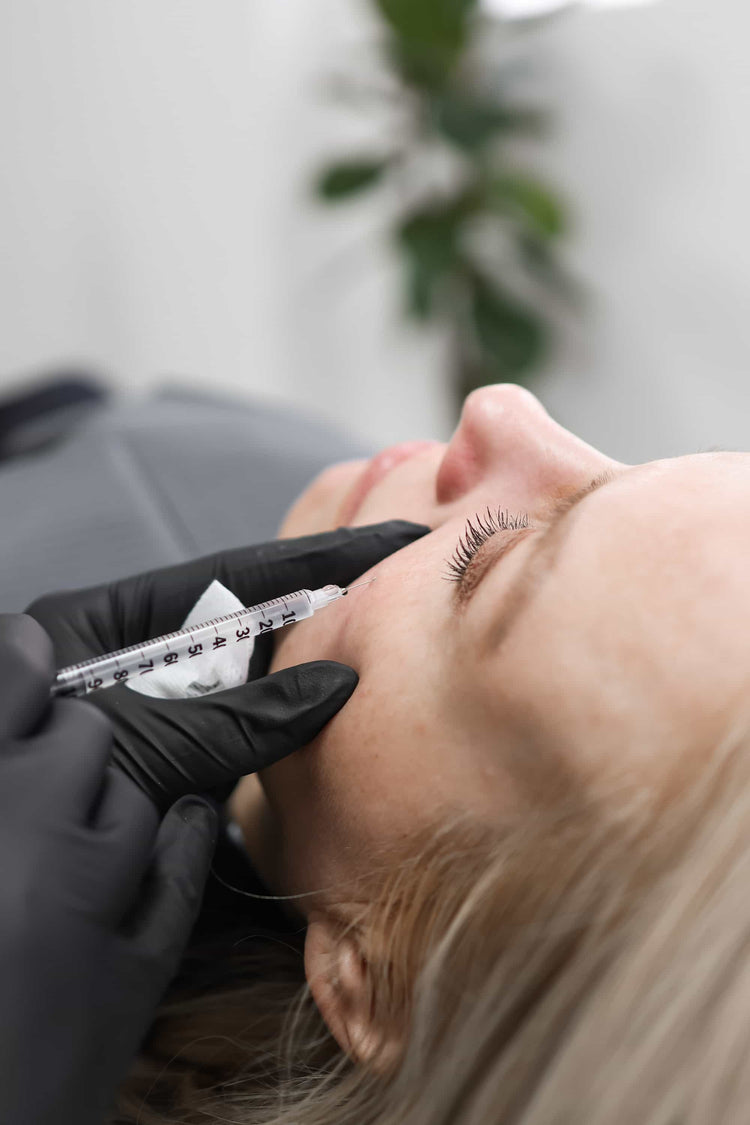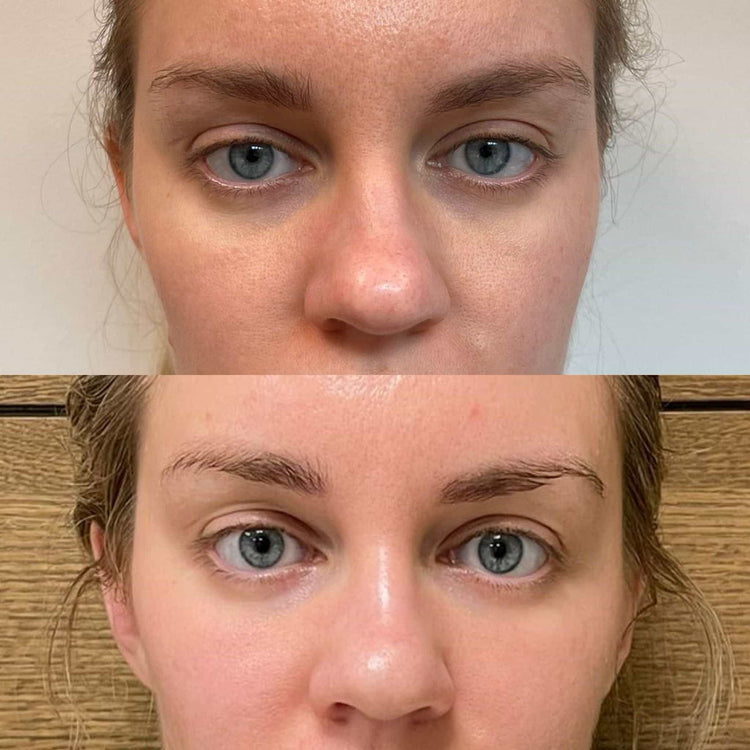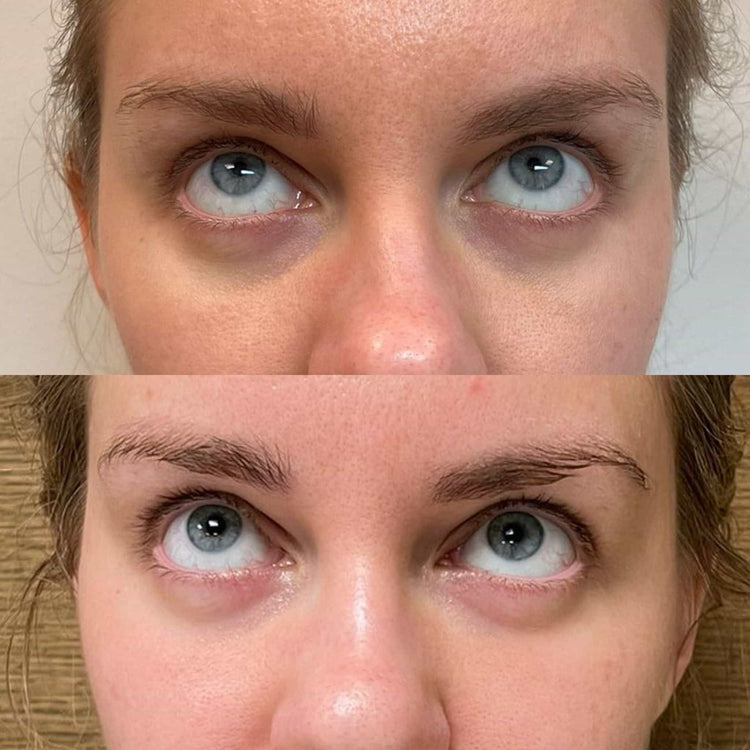Treatment Options
Acne scars can be a frustrating and distressing issue, but thankfully there are numerous treatment options available to help minimize their appearance and restore your confidence.
Chemical Peels

Chemical peels are a popular option for acne scar treatment. They work by exfoliating the top layers of skin, revealing smoother, newer skin underneath. Chemical peels can be superficial, medium-depth, or deep, depending on the severity of scarring. Superficial peels are suitable for mild scarring and improve skin texture and tone. Medium-depth peels target deeper scars and can significantly reduce their appearance. Deep peels are reserved for severe scarring and require a longer recovery time.
Laser Resurfacing
Laser resurfacing is another effective treatment for acne scars. This procedure uses a laser to remove the top layers of damaged skin, stimulating collagen production and revealing smoother, more even-toned skin beneath. There are two main types of laser resurfacing: ablative and non-ablative.
- Ablative laser resurfacing removes deeper layers of skin, resulting in more dramatic results but also a longer recovery time.
- Non-ablative laser resurfacing targets the upper layers of skin and promotes collagen production without removing significant skin tissue. This method typically has a shorter recovery period.
Microneedling
Microneedling is a minimally invasive procedure that involves using tiny needles to create controlled micro-injuries in the skin. This stimulates the body’s natural healing process, promoting collagen and elastin production, which can improve the appearance of acne scars.

Dermal Fillers
Dermal fillers are another popular treatment option for acne scarring, particularly for those with pitted or atrophic scars. These injectables consist of hyaluronic acid, a naturally occurring substance in the skin that helps to hydrate and plump it up. By injecting dermal fillers into depressed acne scars, they can effectively fill in the depressions, making them less noticeable.

Subcision
Subcision is a minimally invasive procedure used to treat acne scars characterized by rolling or boxcar depressions. A fine needle is inserted under the scar tissue, and then gently moved back and forth to break up the fibrous bands that tether the scar to the underlying tissues. This allows the depressed scar to lift and become more even with the surrounding skin.

Choosing the Right Treatment
Acne scars can significantly impact self-esteem and leave individuals seeking solutions to restore their confidence. Luckily, Cobham, Surrey, offers a range of advanced treatments tailored to address various types and severities of acne scarring.
Skin Type and Scar Type
Choosing the right acne scar treatment depends on several factors, including your skin type and the type of scarring you have.
- Chemical peels are suitable for a variety of skin types and can address mild to moderate scarring.
- Laser resurfacing is effective for different skin types but may require more careful consideration for darker skin tones due to the risk of pigmentation changes.
- Microneedling is generally safe for most skin types but may not be ideal for those with sensitive skin or active acne.
- Dermal fillers are typically suitable for most skin types and can be customized to target specific scar types.
- Subcision is generally safe for most skin types, but it’s essential to consult with a qualified practitioner to determine its suitability for your individual case.
Consultation with a Dermatologist
Consulting with a dermatologist in Cobham, Surrey, is crucial for determining the most suitable acne scar treatment. A dermatologist will assess your skin type, scar characteristics, medical history, and personal goals to recommend the best course of action.
During the consultation, be prepared to discuss your concerns about acne scarring, including its location, depth, and size. The dermatologist may also ask about your previous treatments, any allergies you have, and your expectations for the outcome.
Realistic Expectations
Choosing a treatment for acne scars involves understanding the different options and their suitability for individual needs. It’s important to have realistic expectations about the potential results. Treatments like chemical peels, laser resurfacing, microneedling, dermal fillers, and subcision can effectively minimize the appearance of scars, but they may not completely erase them.
The severity of scarring, skin type, and individual healing response all play a role in treatment outcomes. Consulting with a dermatologist is essential for proper diagnosis, personalized recommendations, and guidance on realistic expectations. Open communication between patient and practitioner ensures the best possible results and minimizes any potential disappointment.
Preparing for Treatment
Acne scars can significantly impact self-esteem, leaving individuals seeking solutions to restore their confidence. Fortunately, Cobham, Surrey, offers a range of advanced treatments tailored to address various types and severities of acne scarring.
Skincare Routine Changes
Preparing for treatment begins with understanding your skin type and the specific type of acne scarring you have. This will help guide your dermatologist in recommending the most suitable treatment options.
In the weeks leading up to your procedure, it’s essential to follow your dermatologist’s instructions carefully. They may advise you to avoid sun exposure, discontinue certain medications, or adjust your skincare routine.
For example, chemical peels often require a pre-treatment period where you use specific products to exfoliate the skin and prepare it for the peel itself. Laser treatments may necessitate avoiding retinol or vitamin C products beforehand to minimize potential irritation.
Avoiding Sun Exposure
Preparing for treatment begins with understanding your skin type and the specific type of acne scarring you have. This will help guide your dermatologist in recommending the most suitable treatment options.
In the weeks leading up to your procedure, it’s essential to follow your dermatologist’s instructions carefully. They may advise you to avoid sun exposure, discontinue certain medications, or adjust your skincare routine.
- For example, chemical peels often require a pre-treatment period where you use specific products to exfoliate the skin and prepare it for the peel itself.
- Laser treatments may necessitate avoiding retinol or vitamin C products beforehand to minimize potential irritation.
Avoiding sun exposure is particularly important before and after many acne scar treatment procedures. Ultraviolet (UV) radiation can damage the skin, delay healing, and potentially increase the risk of pigmentation irregularities.
Aftercare and Recovery
Aftercare and recovery are crucial steps in any acne scar treatment process. Following your dermatologist’s instructions meticulously will optimize healing and minimize potential complications.
Healing Time
Aftercare and recovery times vary depending on the type of treatment received.
- Chemical peels typically require a few days to a week of downtime, with mild redness and peeling.
- Laser resurfacing may involve more significant swelling and crusting, requiring a recovery period of one to two weeks or longer for deeper treatments.
- Microneedling often has minimal downtime, with some redness that subsides within a few days.
- Dermal fillers typically have immediate results with minimal downtime.
- Subcision may involve mild bruising and swelling, resolving within a week or two.

During the recovery period, it’s essential to protect your skin from the sun by using sunscreen with an SPF of 30 or higher daily. Avoid picking or scratching at any scabs that form, as this can increase the risk of infection and scarring.
Follow your dermatologist’s instructions regarding cleansing, moisturizing, and avoiding certain skincare products during the healing process.
Post-Treatment Skincare
Aftercare and recovery are crucial steps in any acne scar treatment process. Following your dermatologist’s instructions meticulously will optimize healing and minimize potential complications. Aftercare and recovery times vary depending on the type of treatment received. Chemical peels typically require a few days to a week of downtime, with mild redness and peeling. Laser resurfacing may involve more significant swelling and crusting, requiring a recovery period of one to two weeks or longer for deeper treatments. Microneedling often has minimal downtime, with some redness that subsides within a few days. Dermal fillers typically have immediate results with minimal downtime. Subcision may involve mild bruising and swelling, resolving within a week or two.
During the recovery period, it’s essential to protect your skin from the sun by using sunscreen with an SPF of 30 or higher daily. Avoid picking or scratching at any scabs that form, as this can increase the risk of infection and scarring. Follow your dermatologist’s instructions regarding cleansing, moisturizing, and avoiding certain skincare products during the healing process.
Follow-up Appointments
Aftercare and recovery are crucial steps in any acne scar treatment process. Following your dermatologist’s instructions meticulously will optimize healing and minimize potential complications.
The specific aftercare regimen will depend on the type of procedure you underwent.
Generally, protecting your skin from the sun by using sunscreen with an SPF of 30 or higher daily is essential.
Avoid picking or scratching at any scabs that form, as this can increase the risk of infection and scarring.
Your dermatologist will provide detailed instructions regarding cleansing, moisturizing, and avoiding certain skincare products during the healing process.
Follow-up appointments are typically scheduled to monitor your progress, assess healing, and address any concerns you may have.
At these appointments, your dermatologist can adjust your aftercare plan as needed and provide guidance on long-term skin care to maintain the results of your treatment.
Learn how Dr. Laura Geige can help you achieve plumper lips at It’s Me & You Clinic
